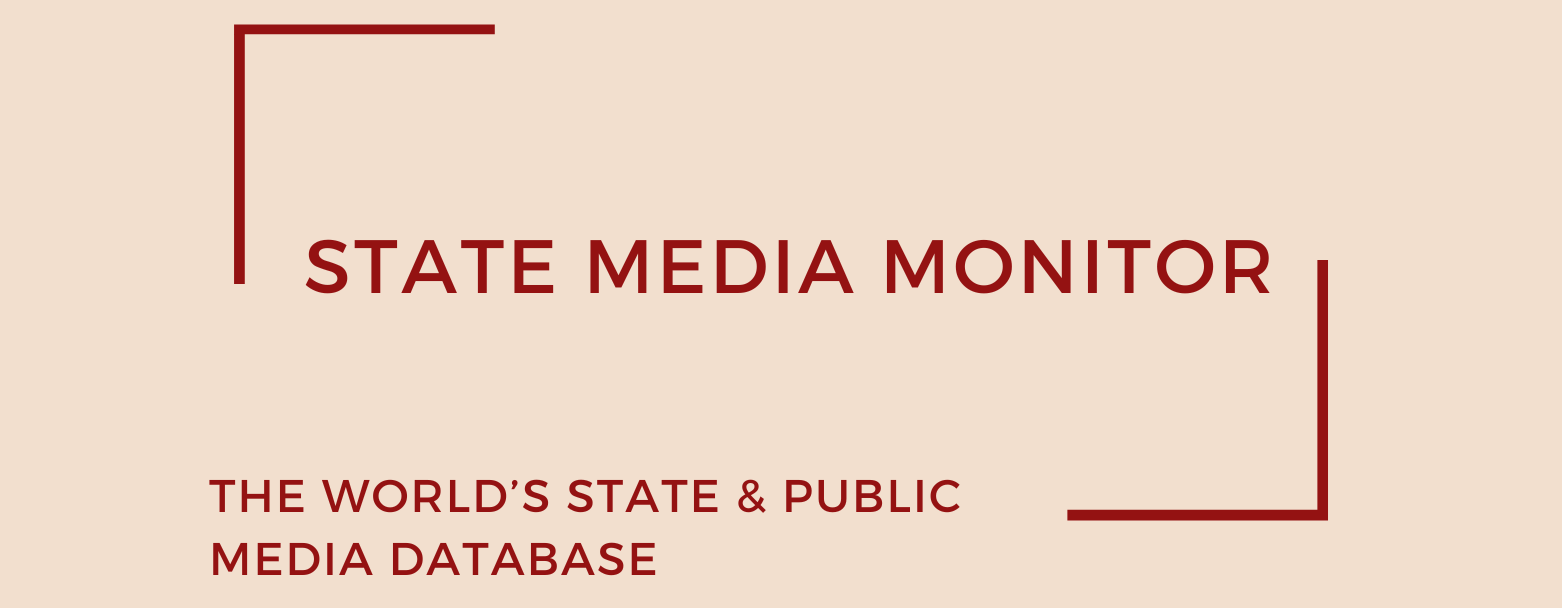State and Public Media in MENA Region in 2021
In the MENA area, consisting of 19 countries, most of the state media are editorially controlled by authorities: 65 of the total 75 state media outlets, or 87% of them.
The few exceptions include Tunisia and Israel where the state media enjoy some more editorial freedom. In Tunisia, the revolution in 2010-2011 led to significant media reforms and considerably more editorial freedom even for the state-owned Établissement de la télévision tunisienne (ETT), previously known as a tool of government propaganda. In Israel, the two state media companies, Israeli Public Broadcasting Corporation (IPBC) and Galatz, although under constant political pressures, are both independent, according to our matrix.
At the same time, the MENA region is still home to a few heavily state-controlled media systems, including Libya and Egypt in the Northern African region and Bahrain, Iraq, Kuwait, Lebanon, Oman, Yemen and the Palestine Territories in the Middle East. In these countries, journalists are faced with numerous restrictions including laws that enable jailing critical journalists for spreading fake news, the most favorite pretext lately used by the governments in the region to lock up journalists. Even in those countries with more independent state media, the overall media landscape is becoming more and more polarized. For example, the political crisis triggered by the resignation of the Tunisian prime minister in July 2021 is likely to have a significant impact on the independence of the media.
One key factor that influences the media in the region is the lack of stability. Even if they manage to protect their independence for a while, media companies are constantly at risk of falling under government control. Particularly in the region’s failed states (Yemen, Syria, Libya), state media are hardly able to operate independently. In these countries, it’s even difficult to properly identify state media as numerous entities, including political factions and warlords, declare themselves to be the highest state authorities.
Finally, the MENA region has also seen the rapid growth of a cluster of pan-Arabic and global media players, many of which are funded or managed by governments. Most of them were founded in the region’s wealthy emirates, Qatar, Saudi Arabia and the UAE. At the same time, Egypt has been also investing in the satellite television sector in its ambition to influence the region. Although these media outlets often produce high-quality news reporting, they remain in majority under the control of the authorities that fund them, rarely, if at all, daring to criticize their country’s leadership.
Citation (cite the article/profile as part of):
Dragomir, M. (2025). State Media Monitor Global Dataset 2025.
Media and Journalism Research Center (MJRC).
Zenodo.
https://doi.org/10.5281/zenodo.17219015
This article/profile is part of the State Media Monitor Global Dataset 2025, a continuously updated dataset published by the Media and Journalism Research Center (MJRC).
